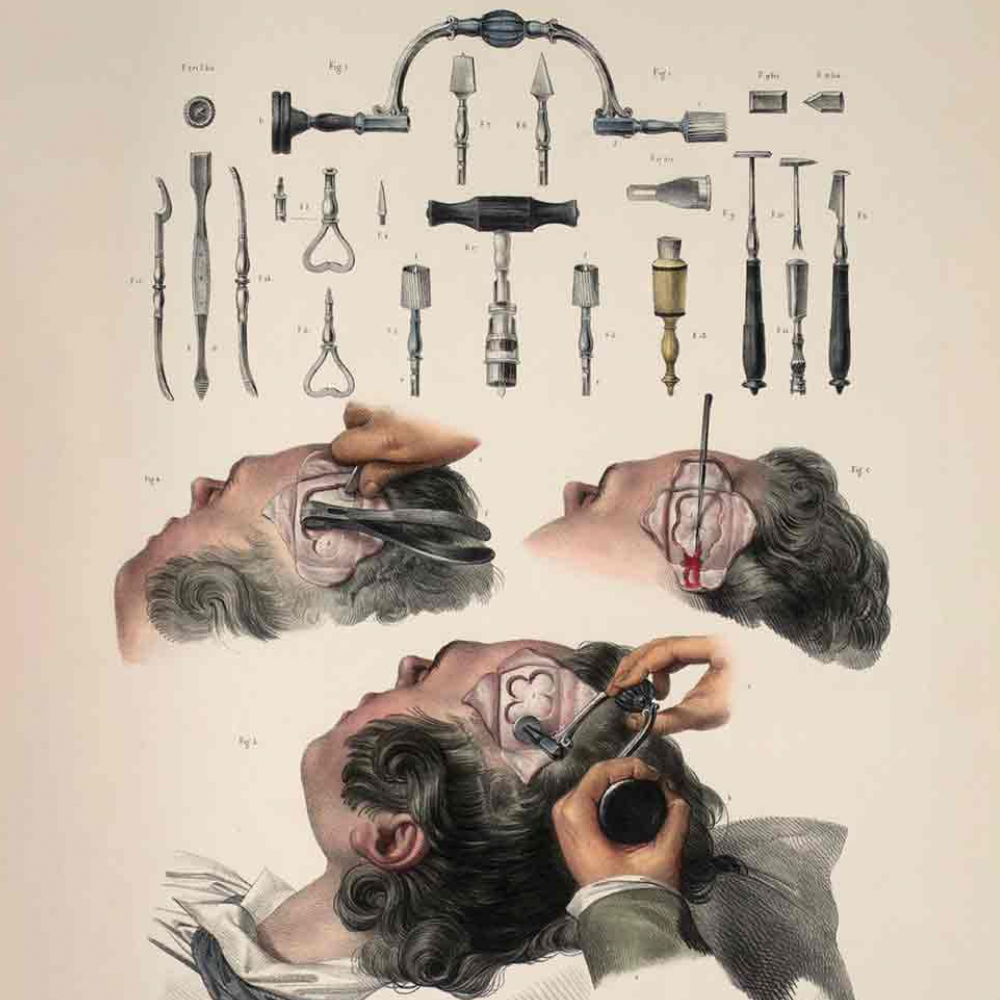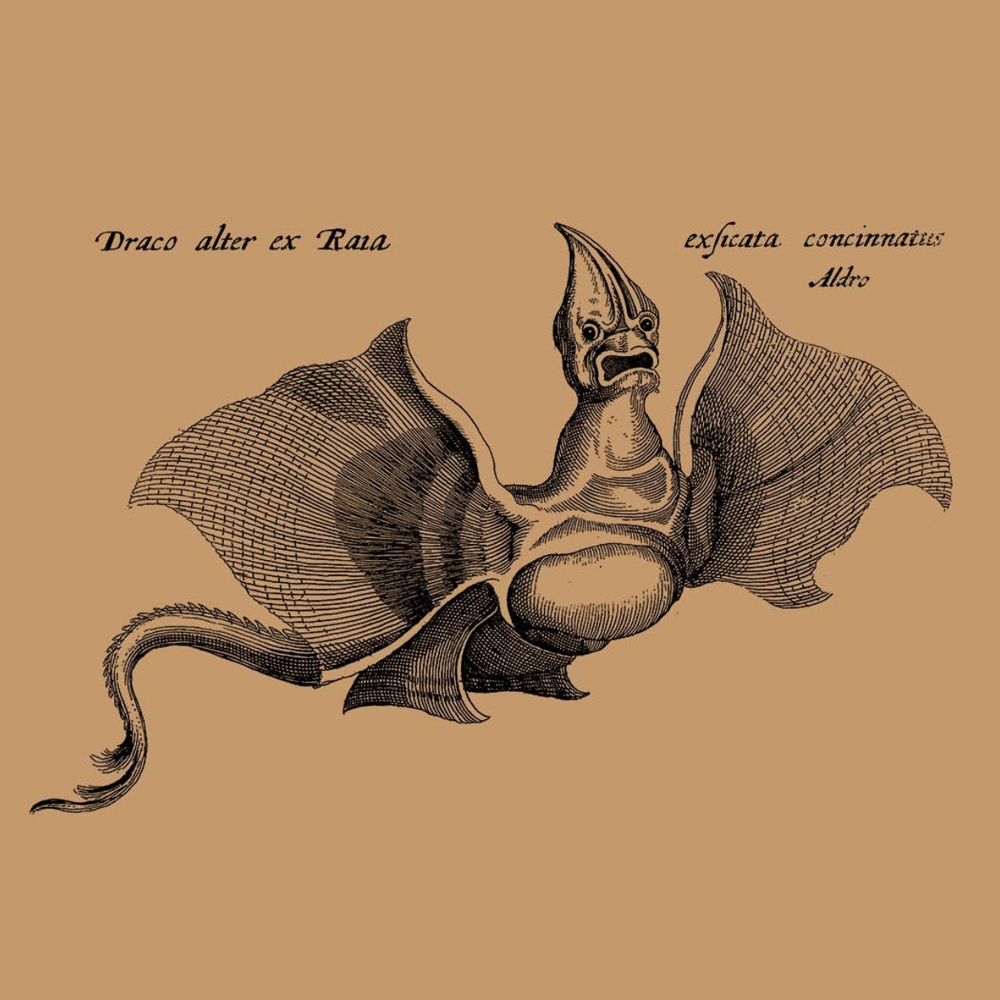The Origins of Botanical Illustration
Early herbals and pharmacopoeia of many cultures have included the depiction of plants. This was intended to assist the identification of a species, usually with some medicinal purpose. The earliest surviving illustrated botanical work is the Codex vindobonensis. It is a copy of Dioscorides's De Materia Medica and was made in the year 512 for Juliana Anicia, daughter of the former Western Roman Emperor Olybrius. The problem of accurately describing plants between regions and languages before the introduction of taxonomy was potentially hazardous to medicinal preparations. The low quality of printing of early works sometimes presents difficulties in identifying the species depicted.

How did professional botanical illustrators emerge?
When systems of botanical nomenclature began to be published, the need for a drawing or painting became optional. However, it was then that the profession of botanical illustrator began to emerge. The eighteenth century saw many advances in printing, and the illustrations became more accurate in colour and detail. The increasing interest of amateur botanists, gardeners, and natural historians provided a market for botanical publications; the drawings increased the appeal and accessibility to the general reader. Since then, field guides, floras, catalogues and magazines have continued to include illustrations.

The benefits of using illustration rather than photography
The development of photographic plates has not made illustration obsolete, despite the improvements in reproducing photographs in printed materials. A botanical illustrator can create a compromise of accuracy, an idealised image from several specimens, and the inclusion of the face and reverse of the features such as leaves. Additionally, details of sections can be given at a magnified scale and included around the margins of the image.

Interested in learning more?
Get Flowers and Plants via paperback or eBook to access hundreds of beautifully rendered botanical illustrations to use in graphic design projects, wedding invitations, collages and art projects. This is the best reference material available for botanical illustrations and designs.





